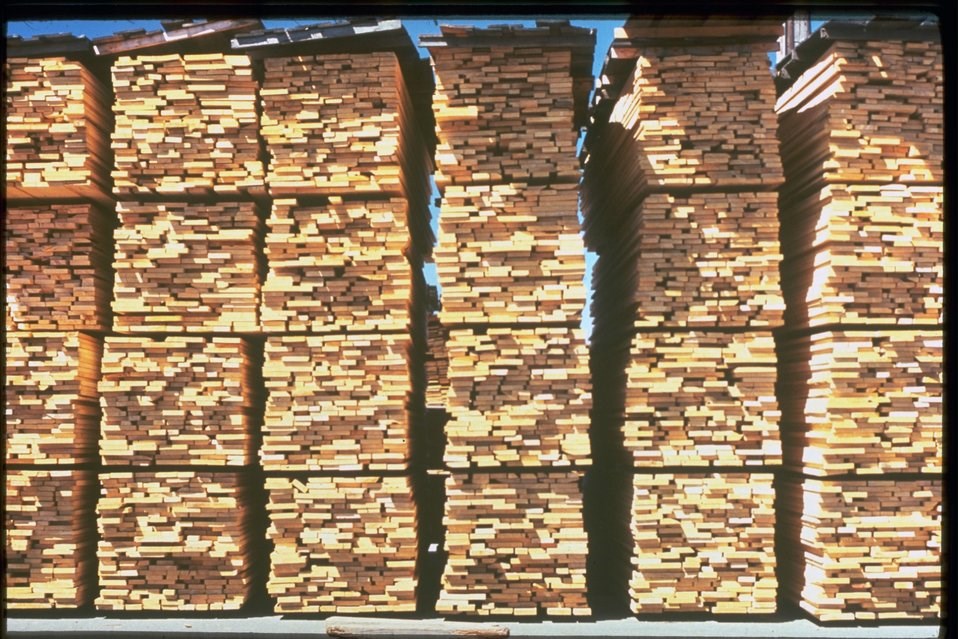Doug Donaldson will continue to be the provincial New Democrats' point man on dealing with B.C.'s struggling forest sector - and John Rustad will continue to keep an eye on him.
As part of a minor cabinet shuffle this week, Premier John Horgan opted to keep the MLA for Stikine as his Minister of Forests, Lands and Natural Resource Operations, and Rural Development. Rustad, the Opposition B.C. Liberals' critic for the portfolio, expressed disappointment.
"Quite frankly, I was very surprised," said Rustad, the MLA for Nechako Lakes. "The forest industry is in chaos around the province."
In what has been described as a "perfect storm," the forest industry in B.C's Interior has been caught in a squeeze between rising costs related to a shrinking timber supply and American duties on softwood lumber and weak demand due to a lagging U.S. housing market.
Rustad has accused his counterpart of not doing enough to deal with the problem while Donaldson continues to blame the Liberals for getting the sector into the mess.
The back-and-forth has not yet stopped.
What's more, Rustad also had words for Donaldson's boss. While in Prince George this week, Horgan said the focus going forward will have to be on maximizing the value of the logs harvested "rather than just shooting to get as much volume as we possibly can out of the forests into the mills or onto freighters and somewhere else."
Rustad dismissed the comments as the "exact same language they used in the 1990s when they did the Jobs and Timber Accord which practically crippled the industry back then."
Rustad said the "cost structure, the regulations and all of the challenges and the delays" have simply hamstrung the ability of B.C.'s forest sector to compete. Structurlam Mass Timber Corp., the Penticton-based maker of engineered wood products that has become something of an NDP poster child for what it sees as the future of B.C.'s forest sector, has opened a plant in Arkansas, he noted.
"The reality is really very simple," Rustad said. "You've got the large players and even small players in the province of British Columbia that are looking to invest anywhere but B.C. They're investing in Alberta, they're investing in Saskatchewan, they're investing in the United States."
Rustad said Donaldson should appoint a committee made up of stakeholders from industry and give it 30 days to come up with ways to improve the sector's competitiveness. "To identify the policy changes and the cost structures that have been layered on and then unwind some of those things," he said.
In response, Donaldson indicated he will continue on the course the NDP has been taking to "fix the Liberal mess and the Liberal inaction on the file."
That includes continuing to form so-called timber supply area coalitions made up of stakeholders from industry, workers, Indigenous groups and local politicians. One is up and running in the Kootenays and another for Mackenzie is expected to hold its first meeting by the end of this month.
Donaldson also dismissed the Liberals' complaints about the way stumpage is being calculated. The Liberals have been calling for more-frequent adjustments to the stumpage rate but the NDP have countered that could invoke further retaliation by the U.S. under the Softwood Lumber Agreement.
"The system as we know it was introduced by the B.C. Liberals and we had no complaints about lag time on stumpage when it was keeping stumpage lower than it should have been. Now we get complaints that it's not responsive enough when the tables are turned," Donaldson said. "But having said that, stumpage in the Interior has fallen about 16 per cent from the July high of $25.88 per cubic metre. That's a reflection of the lumber price adjustment that happens quarterly."
Donaldson also said the ministry is working to reduce the lag time on the B.C. auction data that's used to determine log costs on a yearly basis.
There are signs the worst of the storm may be over. Financial analysts have said Canadian production cutbacks and a consumer-driven recovery in housing starts in the United States could mean better times for lumber and panel products this year.
Donaldson said he keeps an eye on lumber prices and noted they have been hovering around $400 for the last half year or so compared to below $300 per thousand board feet during the worst of the downturn. Not only is the price up but has been steadily at that level, Donaldson said, giving producers the kind of stability they need to plan ahead.
"We had a real yo-yo of going up over $600 and then down under $300 and that makes it hard to plan economic harvesting operations," he said.
- with files from Canadian Press



